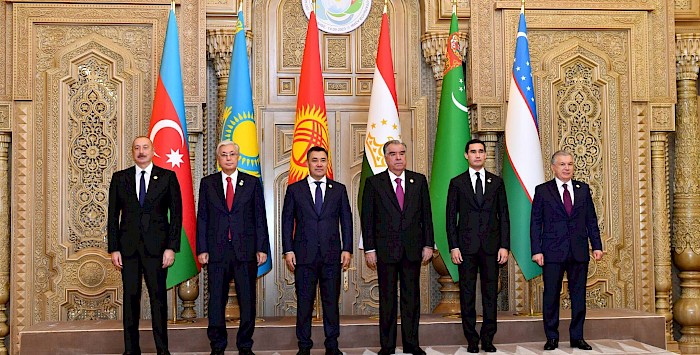Anastasia Pogorelskaya. Consultative meetings of Central Asian leaders: the evolution of agenda

On September 14, 2023, the fifth consultative meeting of the presidents of Central Asian countries took place in Dushanbe. This format of informal meetings (as opposed to summits) is becoming one of the landmark events in the foreign policy of the participating countries. The next, sixth meeting, is scheduled for 2024 in Kazakhstan. Considering the short history of this format, it is too early to expect much from it, however, it is possible to follow the transformation of its agenda, the interests of the participating countries discussed at the meetings and possibly discuss the results of this negotiating platform.
Meetings of leaders of Central Asian countries in a narrow format had already happened before. The first took place in December 1991 in Almaty, the second in January 1993 in Tashkent, the third in January 1998 in Ashgabat, and the fourth in December 2001 again in Tashkent. The agenda then included issues of economic recovery, as well as economic and political cooperation, which was marked by the creation of the Central Asian Economic Community (1994), transformed in 2001 into the Organization of Central Asian Cooperation.
However, the difficulties of the first years of independence, especially economic ones, did not allow the development of full-fledged cooperation in this format. In addition, as it was offered by the Russian side, which was actively promoting its integration project in the region, the Organization of Central Asian Cooperation ceased to exist under the pretext of duplicating functions with the Eurasian Economic Community (Polonskaya, 2021).
The current series of meetings was officially initiated in 2017 by the recently elected President of Uzbekistan, Sh.M. Mirziyoyev...
Read the paper




